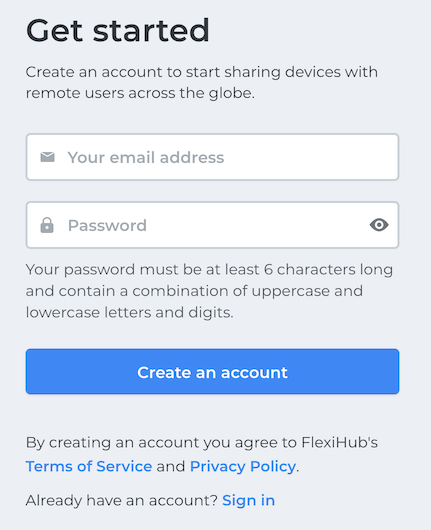
FlexiHub Team uses cookies to personalize your experience on our website. By continuing to use this site, you agree to our cookie policy. Click here to learn more.

FlexiHub
Basically, a USB print server is a device you can use to provide all the office machines with access to your printing unit. First, you link the printer up with a print server’s port, then connect your computers over the Ethernet to the USB print server. In some cases, you may also need to install some additional software.
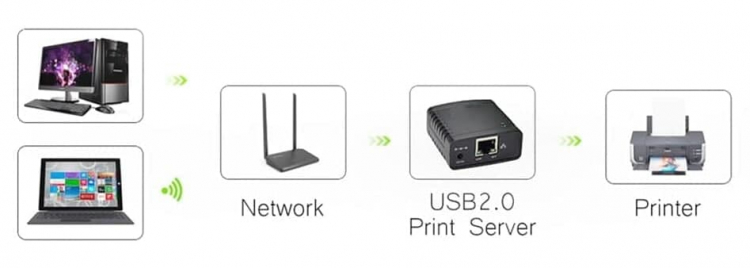
One of the best things about an Ethernet USB print server is that it’s completely independent of any network PC, and, in fact, works like a small computer itself. This ability helps to not overload the user’s work environment.
One more thing you should keep in mind selecting a hardware print server is the maximum number of USB or serial devices it supports. A standard hardware print server is able to share from 1 to 4 serial devices at a time, so if you need to provide remote access to more devices simultaneously, it’s better to consider the software method.
As it doesn’t seem possible to share an unlimited number of USB or serial peripherals with a hardware print server, you may try the software method to achieve this.

One of the key advantages of the program is that it lets you share not only printers but USB or serial devices of any other type, including keyboards, hard drives, cameras, etc. What is more, with the software you get the ability to choose the number of devices that will be shared. On top of that, using the Linux version, you can easily turn your Raspberry Pi into a USB print server.


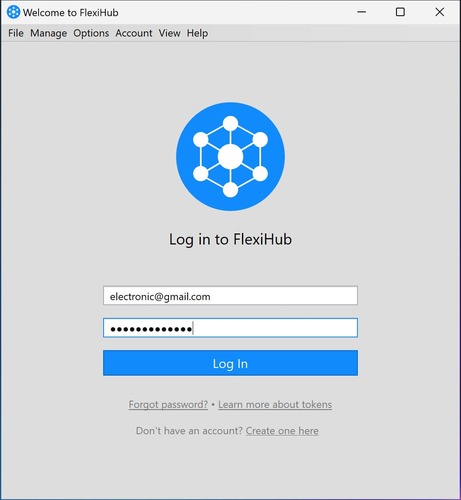
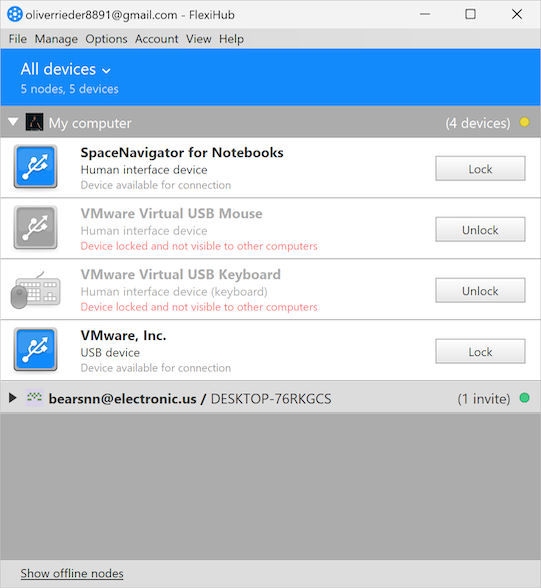
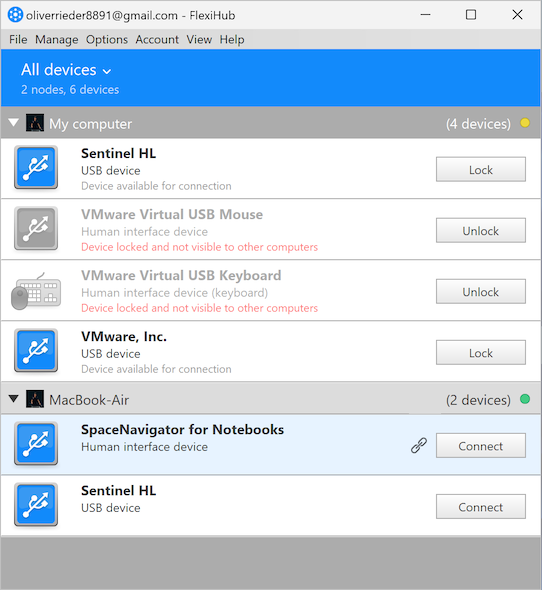
Another good software option that can function as a USB print server is USB Network Gate.
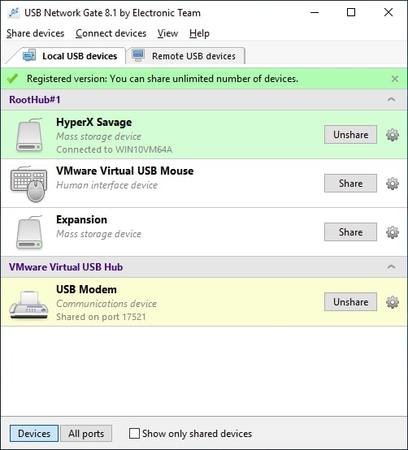
An ability to share USB port devices via LAN only is its greatest advantage over FlexiHub, which requires Internet access all the time. What is more, USB Network Gate allows redirecting USB devices to virtual machines and blade servers. Sharing USB devices over RDP protocol is USB Network Gate's another main feature, which makes it easy to access local devices while working in the RDP session.
Here are some benefits FlexiHub and USB Network Gate offer:
Cons:
The USB 10/100 Mbps network printer hub is a very popular Ethernet-to-USB printer server solution you can use to share a USB printer with everyone in your office or home. It’s a small piece of equipment that fits in the palm of your hand but offers big benefits. Using this device saves the hassle and expense of providing a printer for each user.
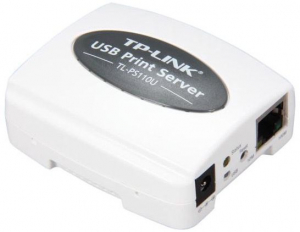
Besides being small and lightweight, this print server is easily installed using remote access and its intuitive wizards. Your printer does not need to be directly connected to your workstation. You can locate it anywhere and operate it through a web browser interface.
You only need two cables to complete the installation of the print server. A USB cable is used to link the hub and the printer’s USB port, and an RJ45 cable connects the server to the router, making your printer accessible for remote users.
